Posts
01 Jan 0001
Never Kill a Robin: Exploring the Superstition's Origins and Meanings

The superstition surrounding robins, specifically the injunction against killing one, is a long-held belief rooted in folklore and cultural reverence for the bird. The European robin, or robin redbreast, known for its sociable nature and comfort around humans, has become a symbol of good fortune and divine protection, with various traditions warning of dire consequences for anyone who harms it.
The historical roots of this superstition are deeply entwined with Christian folklore. One prevalent legend recounts the robin’s attempt to alleviate Jesus’ suffering on the cross. According to this narrative, the robin sang to soothe Jesus and even tried to remove the thorns from his crown, staining its breast feathers with Christ’s blood in the process. Another version of the tale centers around the stable where Jesus was born. As Mary and the infant Jesus slept, a robin noticed the fire that warmed them was dying out. The bird selflessly fanned the flames with its wings, rekindling the fire. Upon waking, Mary rewarded the robin with its distinctive red breast as a symbol of its devotion.
01 Jan 0001
Never Kill a Spider: Exploring the Superstition and its Origins
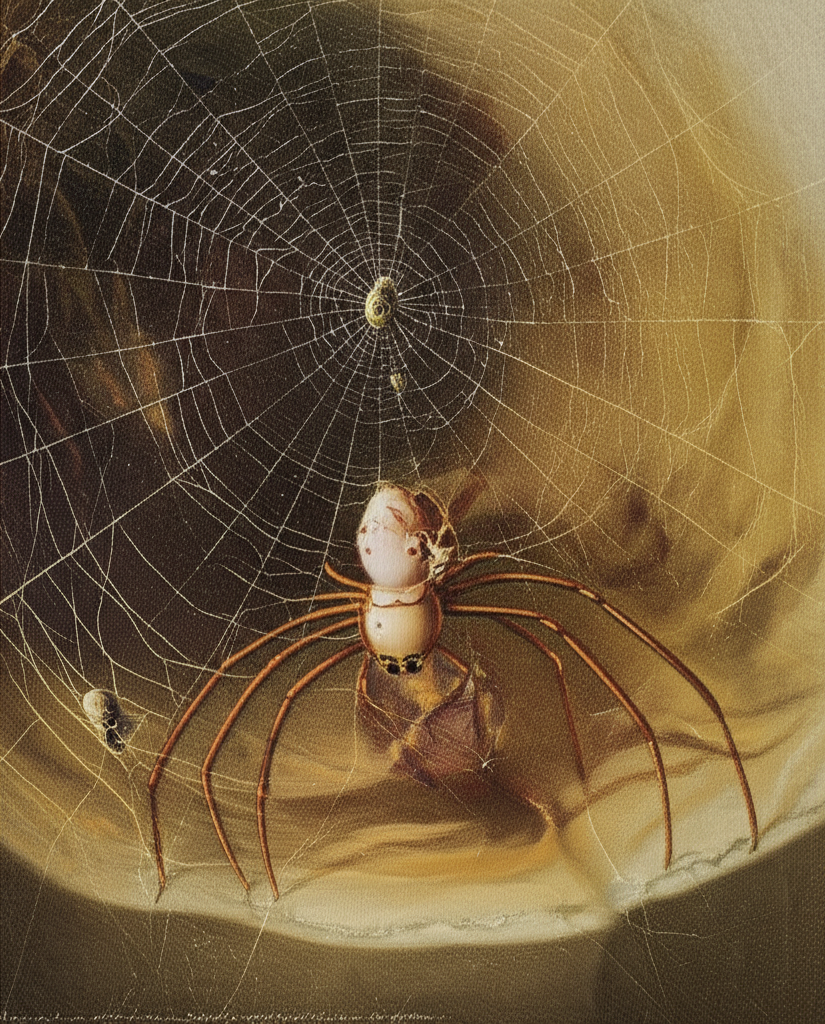
The superstition surrounding spiders, specifically the belief that one should never kill them, is a widespread notion rooted in a blend of practical considerations, folklore, and historical events. This article delves into the origins, evolution, and modern interpretations of this enduring superstition.
Historical Background: Utility and Pest Control
One of the primary reasons for the development of this superstition stems from the practical benefits spiders offered, particularly in agrarian societies. Before the advent of modern pesticides, spiders were invaluable allies to farmers. They preyed on aphids and other destructive insects that could decimate crops. Consequently, preserving the lives of these arachnids was in the best interest of rural communities. Similarly, within homes, spiders played a role in controlling fly populations, which were a significant concern before refrigeration. A few cobwebs were often seen as a lesser evil compared to food spoilage and insect infestations.
01 Jan 0001

The superstition of never lighting three cigarettes with a single match remains surprisingly prevalent, even among modern smokers. Often regarded as more than a mere quirk, this belief is ingrained in the smoking ritual for many, alongside practices like tapping the cigarette or inverting one in a new pack. Its origins are complex, drawing from historical warfare, religious customs, and even strategic marketing.
The most popular theory attributes the superstition’s birth to the Boer War (1899-1902). The account suggests that Boer marksmen, known for their accuracy, would observe a lit match across the open landscape. The first light would reveal the smoker’s position, the second would allow the sniper to take aim, and the third would provide the target for the fatal shot. Thus, lighting three cigarettes with one match became associated with death and danger.
01 Jan 0001
Never Meet at a Crossroads: Exploring the Superstition and its Origins
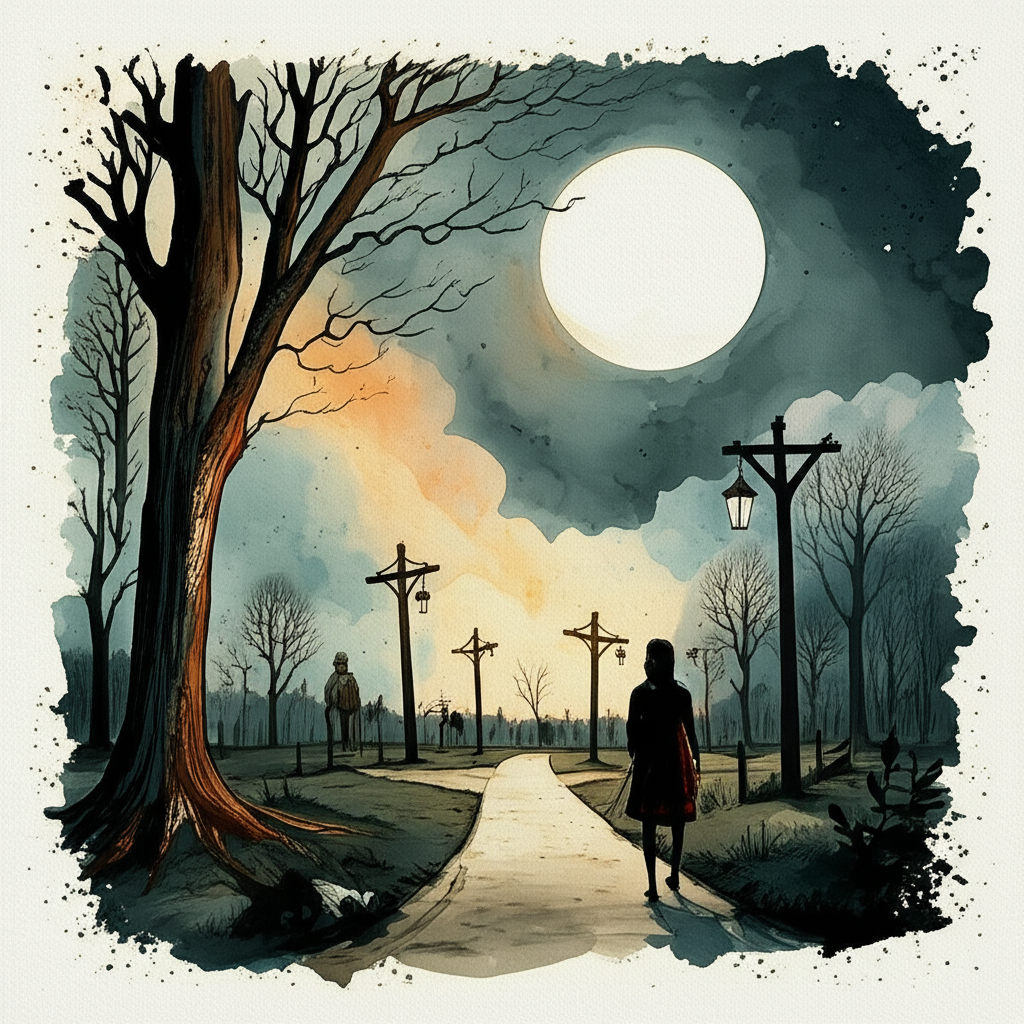
For centuries, a peculiar superstition has cautioned against using crossroads as meeting places. Rooted in ancient beliefs about spirits, boundaries, and the afterlife, this notion highlights the intersection of the physical and spiritual realms, and the potential dangers lurking within.
Much of the superstition surrounding crossroads can be traced back to the medieval period. During this time, a profound belief in evil spirits permeated society. People firmly believed that the physical world co-existed with a spirit world, separated only by a thin veil. Any location perceived as a boundary, such as a crossroads, was viewed as a potential seam where this veil could tear, allowing malevolent entities like demons, vampires, goblins, and ghosts to cross over and torment the living.
01 Jan 0001
Never Remove Flowers from a Grave: A Superstition Rooted in History and Belief

The superstition surrounding the removal of flowers from a grave is deeply embedded in historical burial practices and evolving cultural beliefs. This taboo, warning against disturbing floral tributes at burial sites, carries implications ranging from disrespect to inviting misfortune.
Archaeological evidence suggests that burial rituals date back to the Middle Palaeolithic period, with Neanderthals in Europe burying weapons alongside their deceased. While concrete proof remains elusive, some evidence points to the inclusion of plants and flower heads in burials during this era. The custom of decorating graves with flowers is definitively known to have existed since Roman times. Romans buried the dead with possessions believed to be useful in the afterlife. Miniature gardens were often created over burial sites, allowing the deceased’s spirit to find peace, and cut flowers were left as offerings to the gods.
01 Jan 0001
Never Speak Ill of the Dead: Exploring the Superstition's Origins and Cultural Significance

The superstition of never speaking ill of the dead, a sentiment advocating respect for those who have passed, resonates across cultures and time periods. This seemingly simple adage carries a rich history, interwoven with ancient philosophies, religious beliefs, and evolving social customs.
The earliest known roots of this superstition trace back to ancient Greece. The phrase first appeared in print in Lives and Opinions of Eminent Philosophers, a work penned by the third-century Greek biographer Diogenes Laërtius. Diogenes attributed the wisdom to Chilon of Sparta, recognized as one of the Seven Sages of Greece, highlighting the principle’s antiquity and philosophical weight.
01 Jan 0001
Never Speak While a Clock Chimes: Exploring the Superstition and its Origins

The superstition of never speaking while a clock is chiming is a long-held belief with roots in ancient traditions and medieval associations with death and the spirit world.
Historical Background
The foundation of this superstition lies in the historical significance of bells. Dating back to the classical era, bells were used in religious rituals and secular life. The Romans believed their sound could repel evil spirits. Bells also played a vital role in Jewish religious ceremonies, where priests wore robes with bells to ward off spirits. The tenth century saw the widespread use of bells in European churches and monasteries, used to summon monks to prayer, to signify a monk’s death, and during funeral rites. These religious associations fostered a link between bells and death that persists today.
01 Jan 0001
Never Take a Broom When You Move House: Exploring the Superstition
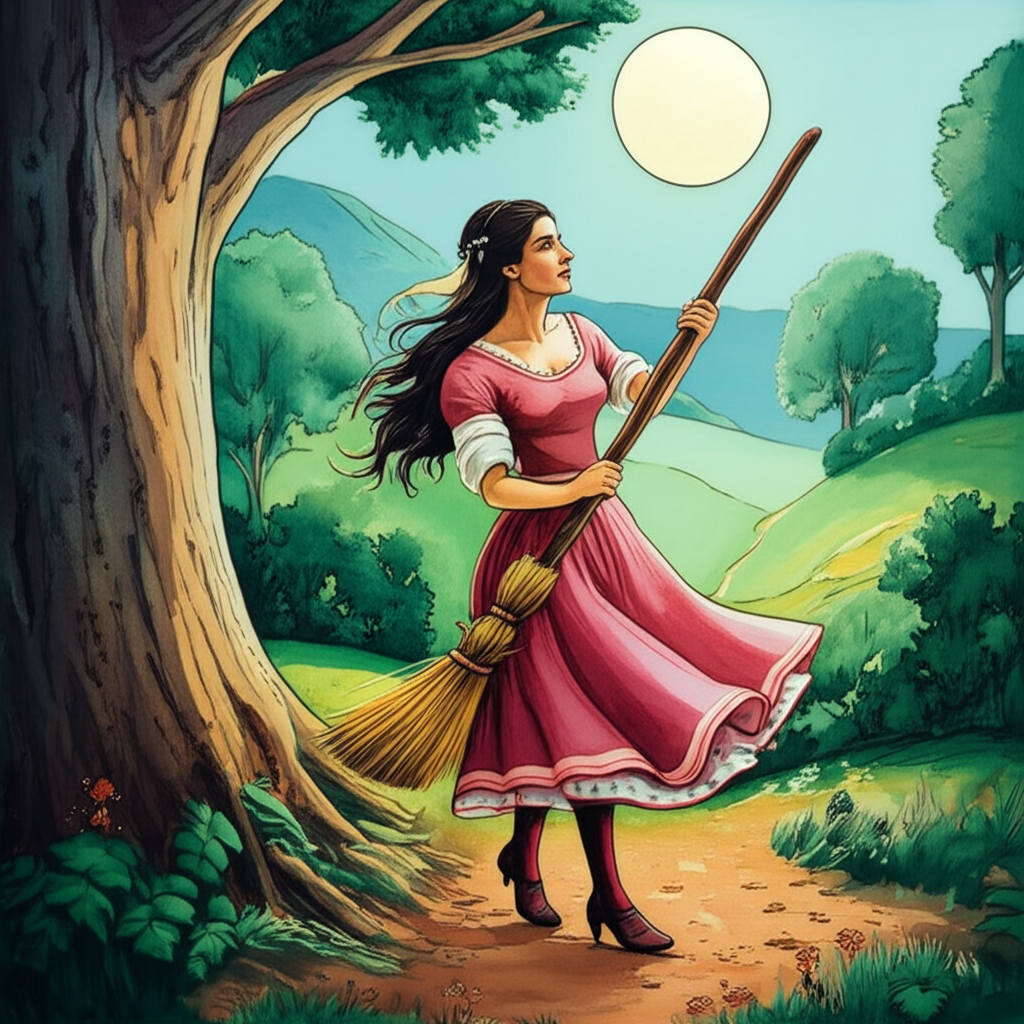
The superstition of never taking a broom when moving to a new house is a longstanding belief deeply rooted in folklore and historical associations with witchcraft. While many household items are subject to superstitions, the broom, in particular, carries significant weight due to its perceived connection to the spirit world and its role in both practical and ritualistic practices throughout history.
Historically, the broom’s origins are intertwined with pagan fertility rituals. Its phallic shape led to its use in agricultural practices, with farmers symbolically mounting the broom and leaping high in the air, hoping to promote the growth of their crops. This early association with magical potency meant the broom was soon employed in other household spells and protective measures.
01 Jan 0001
Never Tread on a Grave: Exploring the History and Meaning of a Common Superstition

The superstition of never treading on a grave is a long-held belief rooted in historical and cultural anxieties surrounding death, the afterlife, and respect for the deceased. This prohibition, observed across various cultures for centuries, underscores humanity’s complex relationship with mortality and the potential consequences of disrespecting the final resting places of the dead.
Historical Background: The earliest documented reference to this superstition can be traced back to ancient Greece. Theophrastus (c. 372–c. 278 BC), successor to Aristotle at the Peripatetic School, included it in his study of human nature, The Characters. Published around 319 BC, the work detailed various moral character types, with one such character, ‘The Superstitious Man’, described as someone who ‘will not tread upon a tombstone.’ Although Theophrastus’ teachings were lost to the Western world after the fall of the Roman Empire, they resurfaced in the twelfth century through translations of Latin texts.
01 Jan 0001
Opening an Umbrella Indoors: Examining the Origins and Evolution of the Superstition
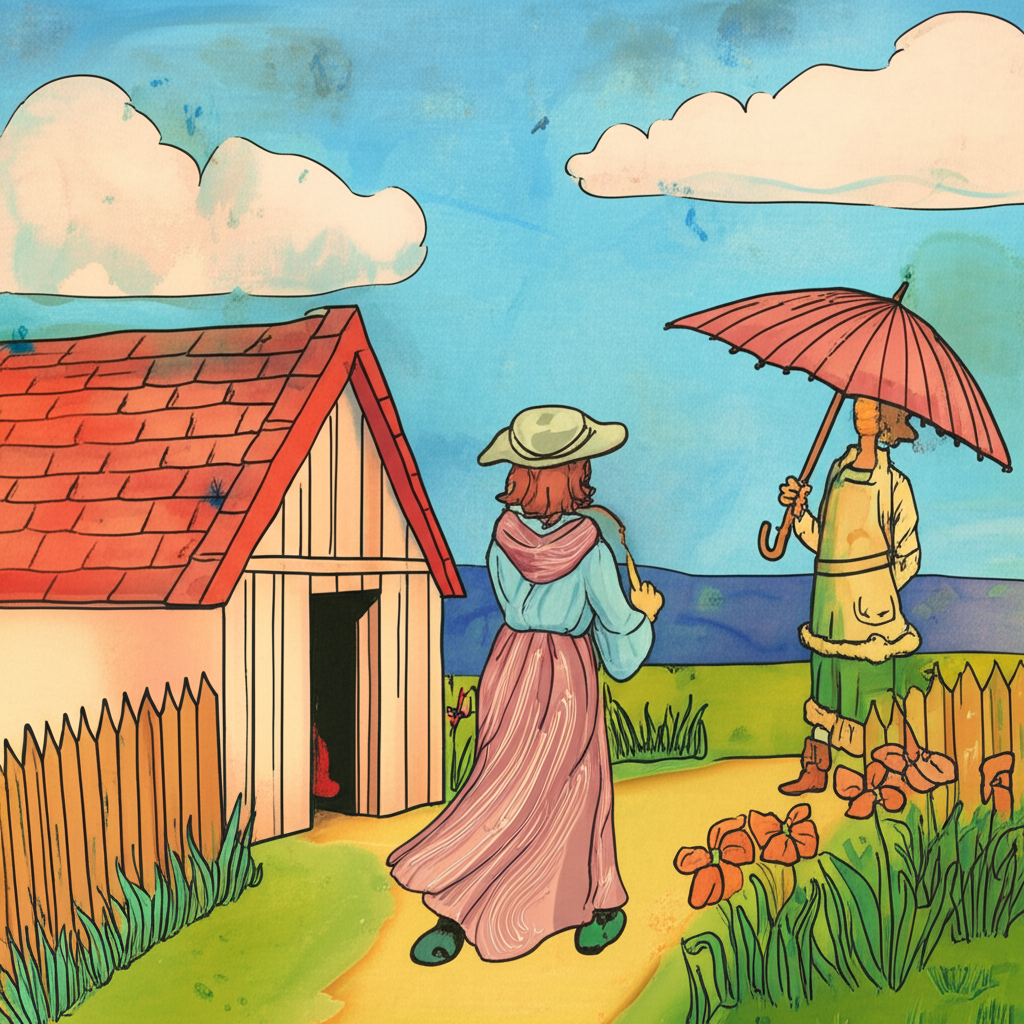
The superstition that it is unlucky to open an umbrella indoors remains prevalent, despite its relatively modern origins. While numerous theories attempt to explain its basis, most evidence suggests the belief did not widely circulate until the 19th century, coinciding with the increased use of umbrellas as commonplace items.
Speculative accounts link the superstition to ancient sun worship. Early umbrellas served as sunshades, especially in regions like ancient Egypt. Some interpretations suggest that raising an umbrella inside temples dedicated to sun gods was considered disrespectful, a rejection of the sun’s blessing, and therefore, invited misfortune. However, concrete documentary evidence supporting this specific origin within ancient civilizations is lacking.
01 Jan 0001
Owls: Examining the Historical Superstition and Cultural Significance

Owls, majestic birds of prey, have been the subject of fascination and superstition across cultures and throughout history. While often associated with wisdom, they have also been feared as omens of misfortune and death, their nocturnal habits and haunting calls contributing to a complex and often contradictory symbolic legacy.
Historical Background:
The owl’s history is deeply intertwined with ancient civilizations. In ancient Greece, the owl held a place of honor as a symbol of Athena, the goddess of wisdom, justice, and philosophy. Depictions of Athena frequently included an owl, known as the Owl of Athena or, in Roman contexts, the Owl of Minerva, often perched upon her head. Theophrastus, writing around 319 BC, noted the reverence for the owl, observing that individuals startled by an owl would invoke Athena’s name. This association with wisdom persists to this day.
01 Jan 0001
Parting Ways on a Bridge: An Exploration of the Superstition and its Origins

The superstition surrounding parting on a bridge dictates that saying goodbye to someone on a bridge risks permanent separation, a belief rooted in historical fears and symbolic associations. This superstition, like many others, draws meaning from the physical world, imbuing bridges with a significance beyond their practical function.
The foundation of this superstition lies in the symbolic role of rivers and bridges. Rivers naturally divide land, and bridges, acting as connectors, were seen as neutral zones, belonging to neither side. Parting company on a bridge, with each person heading toward opposite banks, was thus interpreted as a symbolic severing, mirroring the division of the land and increasing the risk of permanent separation. This belief wasn’t solely based on observations of the natural world; the underlying driver was often a fear of malevolent forces, particularly the Devil, prevalent in numerous folk tales.
01 Jan 0001
Picking Up Pennies: Exploring the Origins and Evolution of a Lucky Superstition

The superstition surrounding picking up pennies, popularized by the rhyme ‘See a penny, pick it up; all day long you’ll have good luck,’ is deeply rooted in historical practices, folklore, and evolving cultural beliefs surrounding luck, witchcraft, and even religious faith.
Tracing its origins reveals a fascinating journey, beginning not with pennies, but with pins. The initial rhyme, ‘See a pin and pick it up, all day long you’ll have good luck. See a pin and let it lie, you’ll feel want before you die,’ predates the penny-focused version. This early form is potentially derived from the old English proverb ‘He that will not stoop for a pin will never be worth a pound,’ documented in Samuel Pepys’s Diary in 1668. This proverb underscored the importance of tending to small matters, as neglecting them could lead to significant consequences.
01 Jan 0001
Placing Salt on a Doorstep: A Superstition Rooted in Protection Against Evil
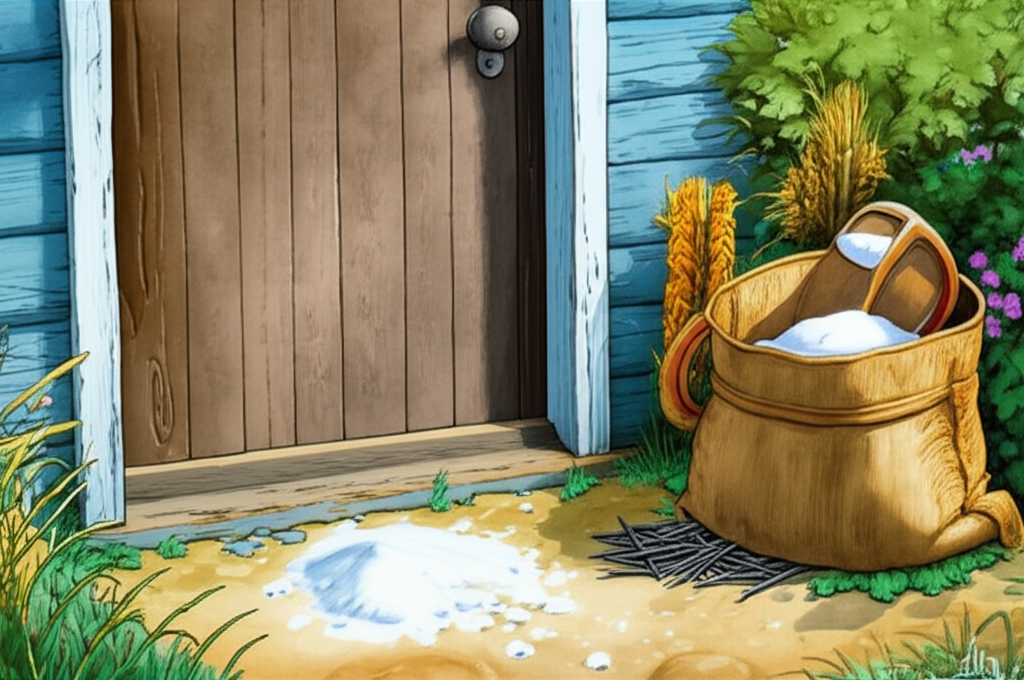
The practice of placing salt on the doorstep of a new house as a protective measure against evil is a superstition steeped in historical and cultural significance, reflecting humanity’s enduring desire for safety and security. This ritual, while seemingly simple, is a remnant of ancient beliefs about purity, protection, and the power of salt to ward off malevolent forces.
The historical roots of using salt for purification and protection can be traced back to Classical times. In ancient Greece and Rome, salt held a prominent place in religious ceremonies. References to its use appear as early as 800 BC, including mentions in Homer’s Iliad, where meat intended for sacrifice to the gods was sprinkled with holy salt. Salt was also integral to holy water used during baptisms in the Catholic Church, further solidifying its association with purity and sacredness.
01 Jan 0001
Placing Shoes on a Table: Exploring the Superstition of Bad Luck
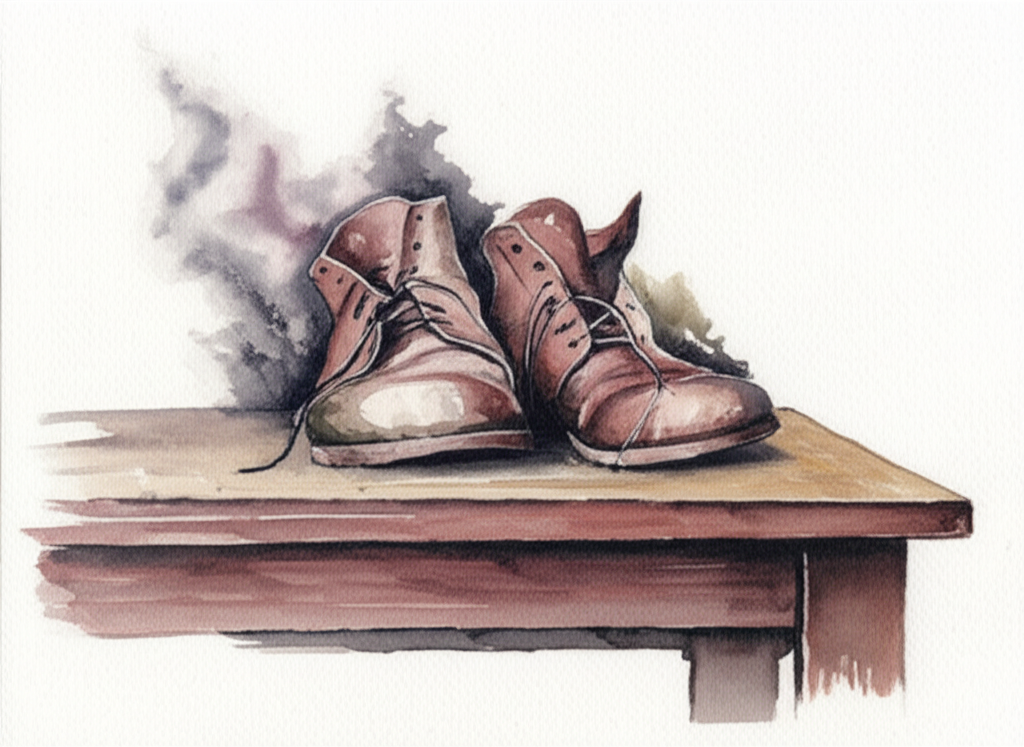
The superstition that placing shoes on a table brings bad luck is a long-held belief, primarily observed from the late 1800s onward. While its precise origins remain shrouded in mystery, the notion has persisted across cultures and generations, carrying a weight of potential misfortune. This article delves into the historical background, cultural context, and various interpretations of this enduring superstition.
The recorded history of this superstition is relatively recent, with the earliest documented instance appearing in 1869. This late emergence has led to theories suggesting a practical origin, such as the aversion to dirty shoes contaminating a table used for dining. However, this explanation is somewhat undermined by early accounts that specifically attribute the most severe consequences to placing new shoes on a table.
01 Jan 0001
Putting a Pinprick in Empty Eggshells: A Superstition to Ward Off Witchcraft

The superstition of piercing or breaking empty eggshells, particularly after consuming the egg, is a practice rooted in ancient fears of witchcraft and malevolent magic. This seemingly simple act was believed to prevent witches from using the discarded shells for harmful purposes, reflecting a long-standing cultural anxiety surrounding the potential for everyday objects to be manipulated for nefarious ends.
The earliest documented reference to this superstition appears in Pliny the Elder’s Natural History, written in the first century AD. Pliny notes the common practice of breaking or piercing egg and snail shells immediately after consumption to avoid being ‘spell-bound by means of evil imprecations.’ This suggests that the fear of magical manipulation through discarded shells was already prevalent in Roman society.
01 Jan 0001
Ravens: Exploring the Superstition and Symbolism of the Ominous Bird

Ravens, intelligent and striking birds, have long been associated with superstition and folklore across numerous cultures. Their dark plumage, haunting calls, and scavenging habits have contributed to a complex and often negative symbolic interpretation, linking them to death, witchcraft, and ill omens.
Historical Background: The association of ravens with superstition dates back millennia. In Norse mythology, Huginn and Muninn (often translated as ’thought’ and ‘memory’), were the pair of ravens who served as the eyes and ears of Odin, the Allfather. They flew across the world, Midgard, gathering news and knowledge to report back to him, highlighting an early perception of ravens as messengers and gatherers of information. However, even within this seemingly positive context, the association with a powerful, perhaps inscrutable deity hints at a deeper, more mysterious perception. In Irish mythology, the Morrigan, a goddess associated with war, fate, and death, frequently adopted the form of a raven, further solidifying the bird’s connection with mortality and the supernatural.
01 Jan 0001
Spilled Salt: Exploring the History and Superstition Behind a Common Mishap

The act of spilling salt has long been associated with bad luck and misfortune, a superstition rooted in the historical value of salt and interwoven with cultural beliefs and religious symbolism. This seemingly simple accident has sparked a variety of traditions and remedies aimed at warding off negative consequences.
Historically, salt held immense value and was considered a precious commodity. Prior to modern refrigeration, salt played a vital role in food preservation, directly impacting survival rates. Cities often flourished near salt mines, and salt routes served as precursors to major trade routes. The difficulty in obtaining salt, especially before mechanized mining techniques and efficient evaporation methods, contributed to its high cost and scarcity. Consequently, spilling salt was considered unlucky due to its economic value and potential loss.
01 Jan 0001
Spitting to Ward Off Evil: A Historical Superstition

Spitting, now generally considered unhygienic, once held a significant place in various cultures as a means of warding off evil and misfortune. This practice, deeply rooted in superstition, reveals fascinating insights into historical beliefs about spirits, health, and protection.
Historically, spitting has been associated with both healing and repulsion. In the Gospel of John, Jesus employs saliva to restore sight to a blind man, illustrating a belief in its curative properties. Conversely, in ancient Greece, spitting served as a defense against malevolent spirits. Pliny the Elder, in AD 77, documented the practice of spitting to repel contagion, suggesting an early understanding, albeit superstitious, of hygiene and disease prevention.
01 Jan 0001
St. John's Wort: A Historical Superstition About Guarding Against the Devil
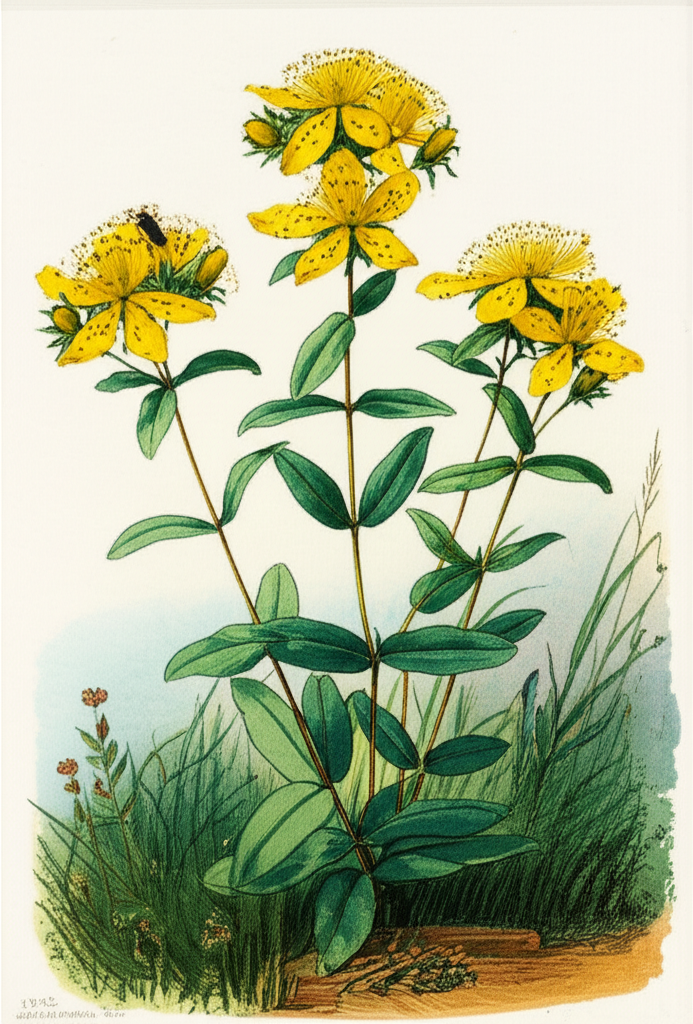
St. John’s Wort, scientifically known as Hypericum perforatum, has a long history intertwined with both medicinal uses and potent superstitions, particularly its purported ability to ward off the devil and other evil forces. This belief, rooted in the plant’s physical characteristics and historical context, reveals much about past perceptions of health, spirituality, and the supernatural.
Historical Background: St. John’s Wort boasts a medicinal history dating back to antiquity. Pliny the Elder, in his Natural History (AD 77), detailed its uses for treating various ailments, including diarrhea, bladder problems, and promoting urine flow. Ancient Greeks and Romans also employed it to address venomous bites, menstrual pains, upset stomachs, ulcers, and even combat depression or melancholy. However, its perceived spiritual powers were equally significant, contributing to its esteemed status.